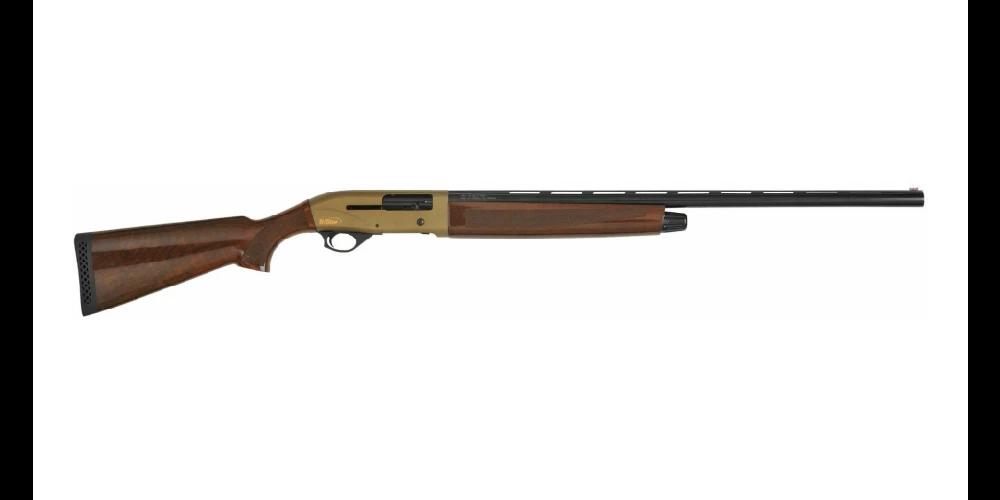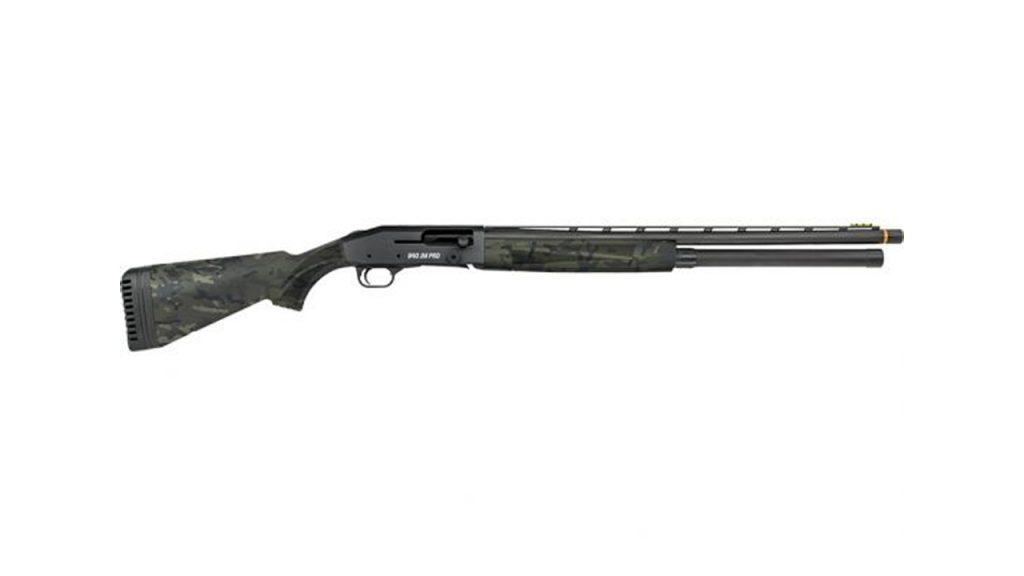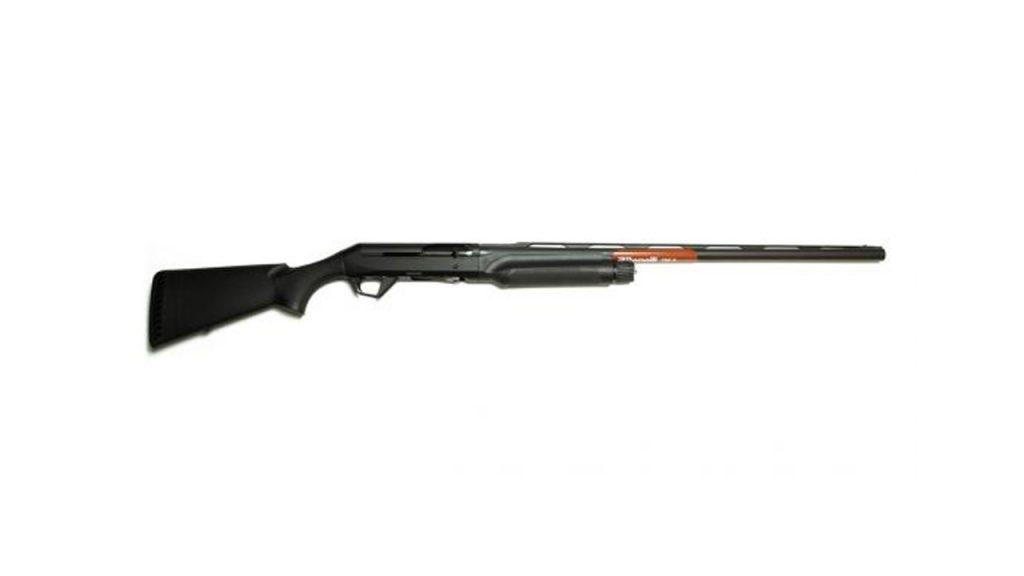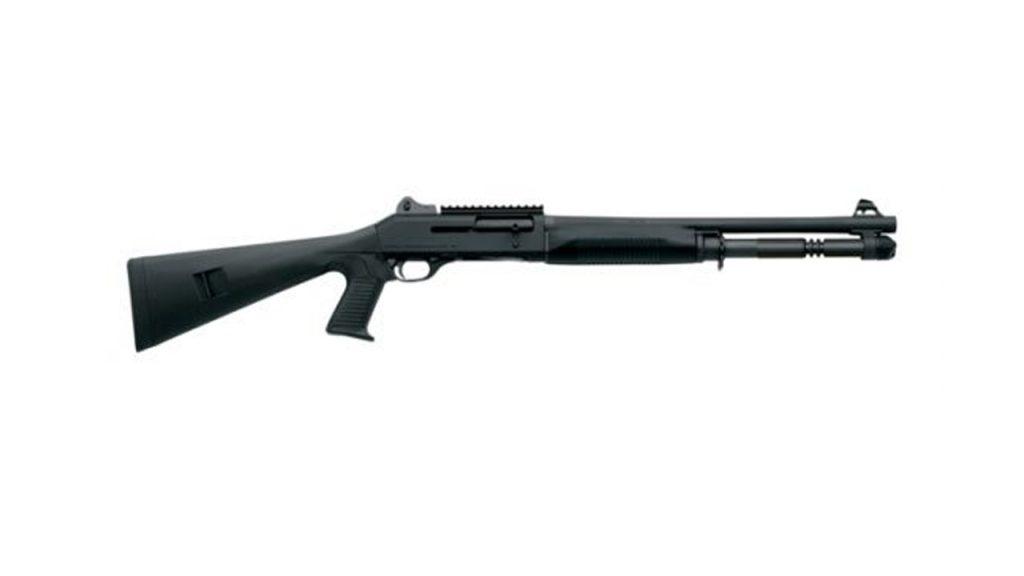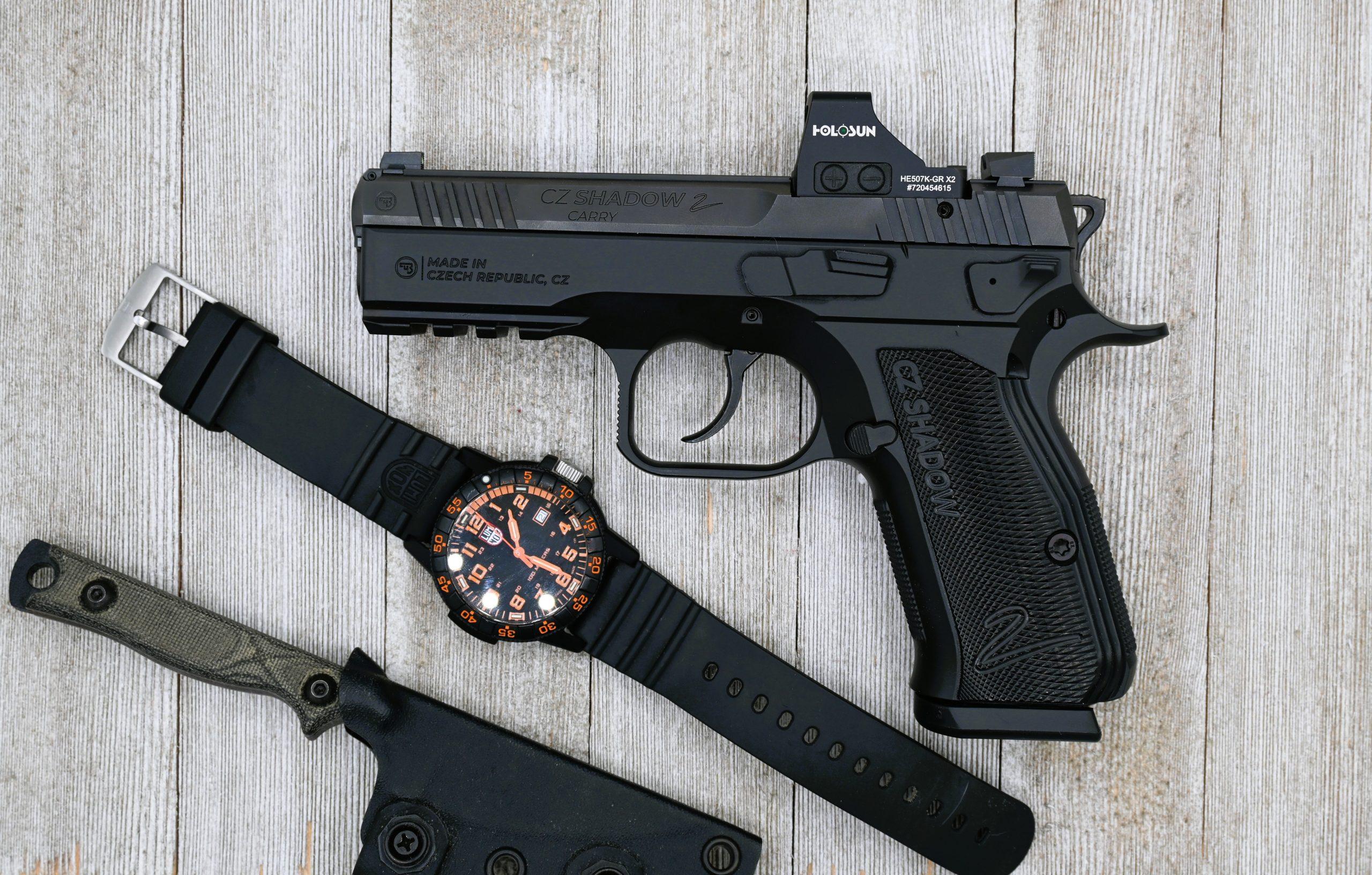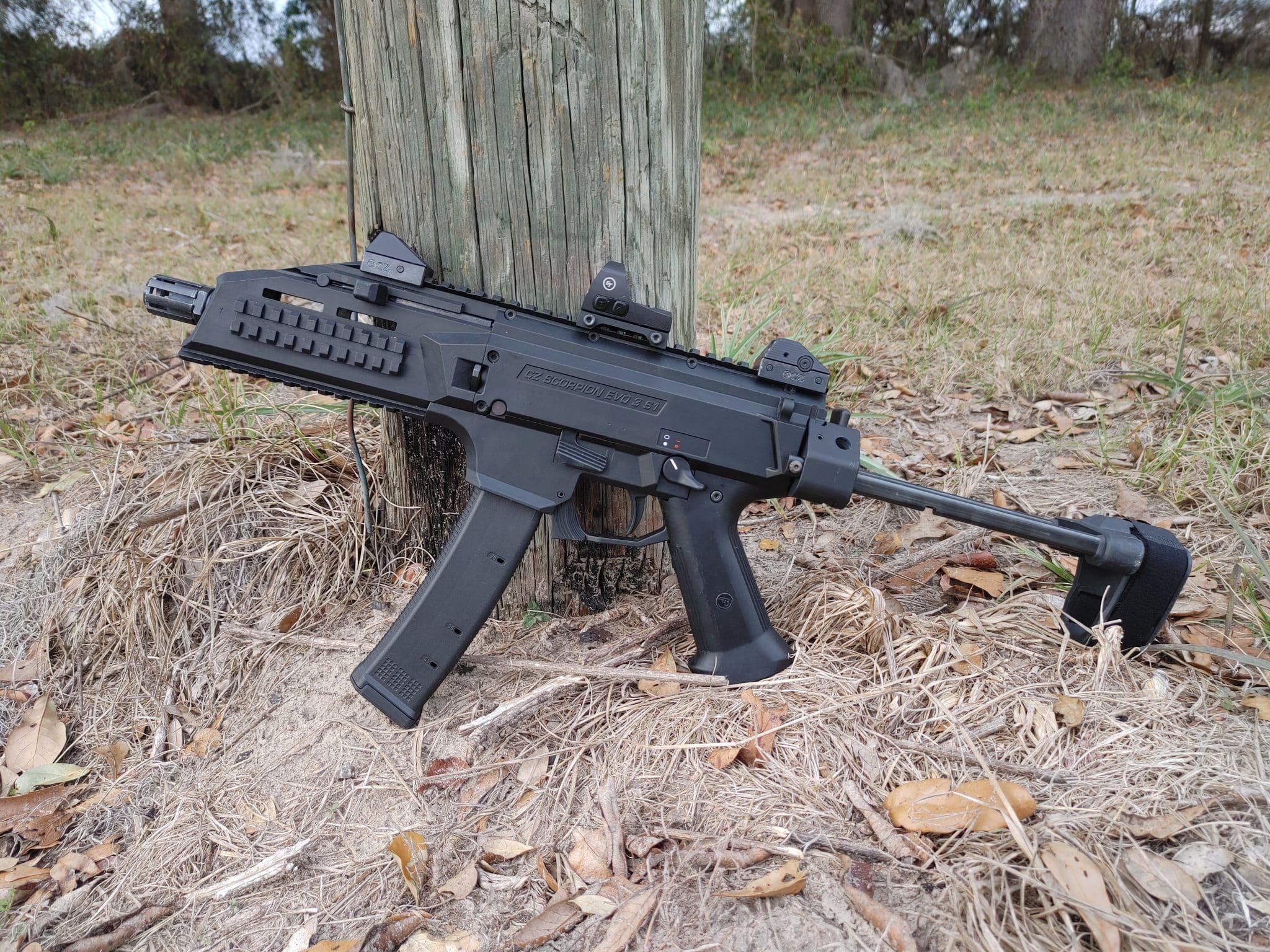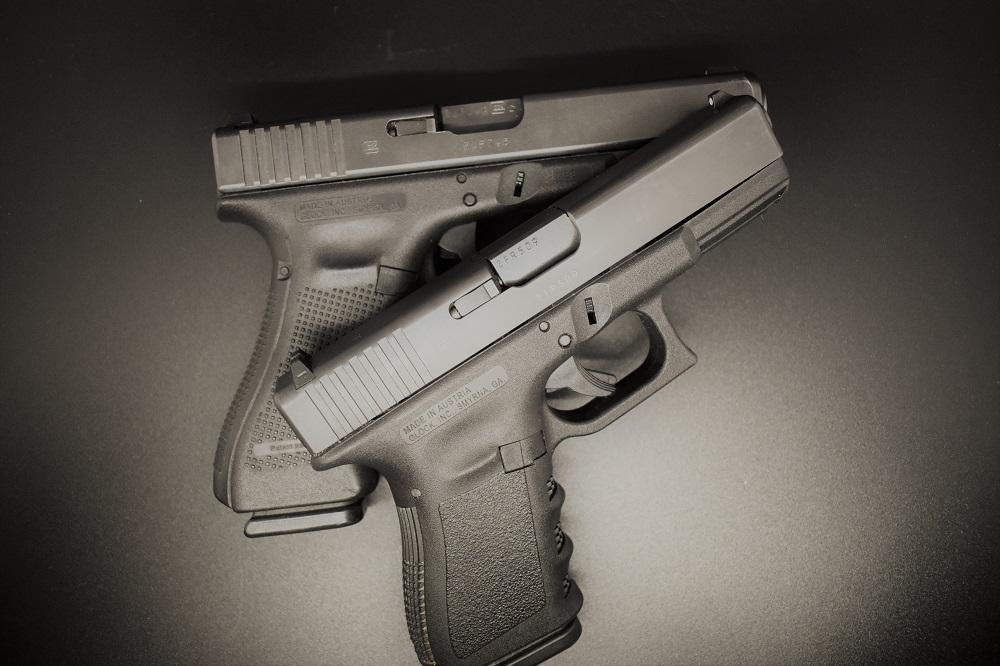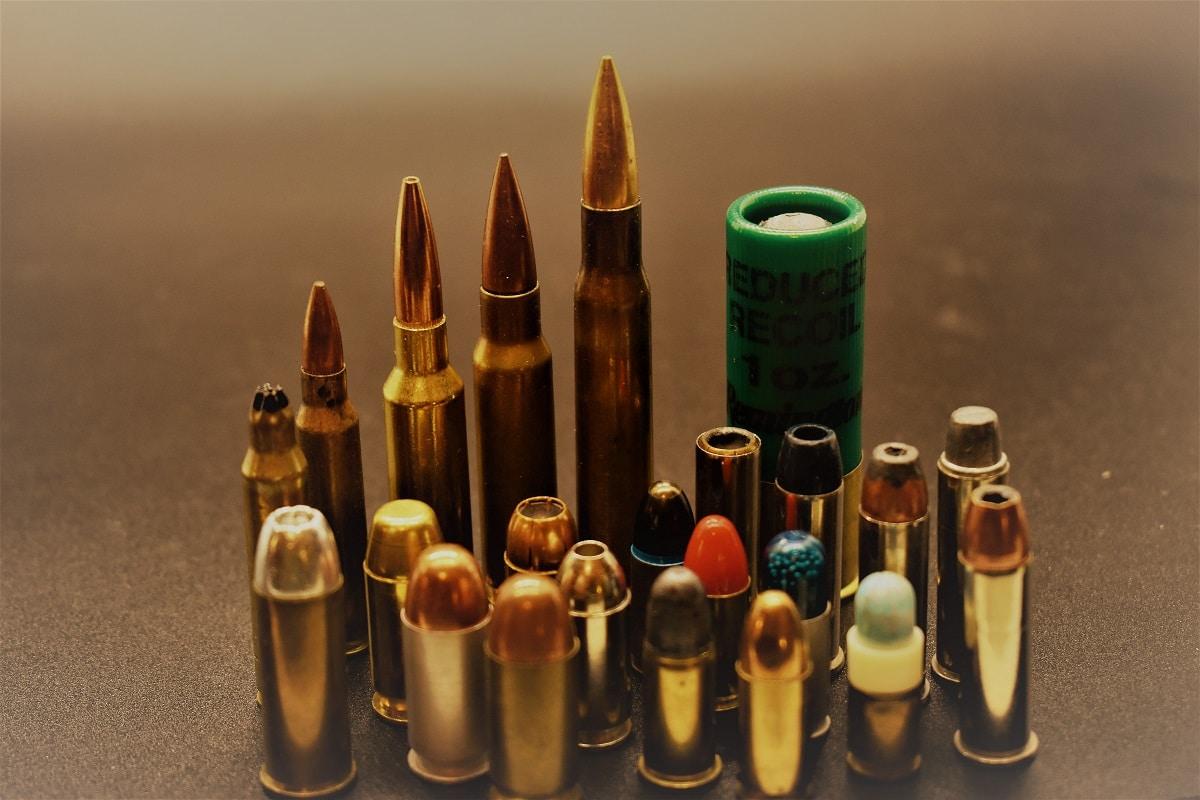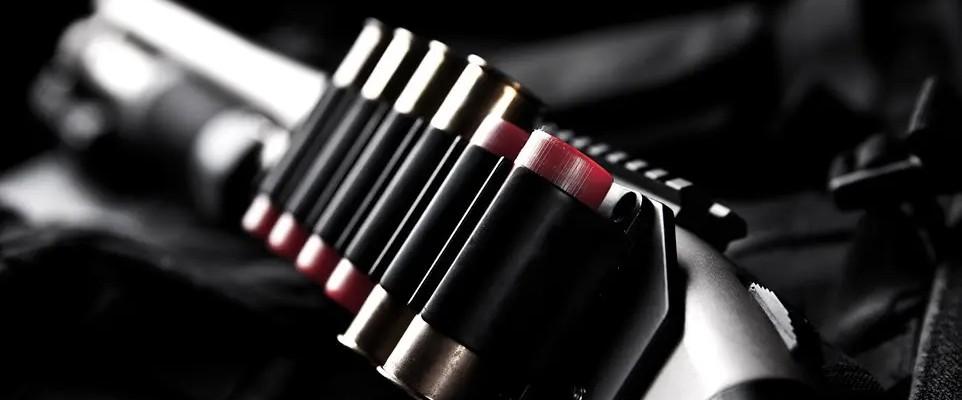Best Semi Auto Shotguns: Shoot With More Speed & Precision
Written By
Kenzie Fitzpatrick
Competitive Shooter
Edited By
Michael Crites
Licensed Concealed Carry Holder
Share:
Products are selected by our editors. We may earn a commission on purchases from a link. How we select gear.

Updated
Jun 2025
In the world of scatterguns, doubles are steeped in tradition, and pumps are very rugged and reliable, but the fact is that “semi-auto shotguns are the best choice for most If that is, you pick one up that’s built to perform.
The technology and engineering that powers semi-automatic shotguns have never been better, so prior concerns about reliability and performance are just that — a thing of the past.
Today’s semi-auto shotguns are both dependable and practical firearms — and often will give you the best experience regardless of the kind of shooting you might want to do, be it running tactical shotguns or hunting kit.
Some shooting sports don’t allow them due to tradition, but the truth is no other shotgun system provides you with the speed, reliability, and performance of a semi-auto.
Take your pick — home defense, hunting, or shooting sports — a quality repeater just gets the job done better than other options.
In This Article
Why Go Semi-Auto?
Semi-automatic shotguns have come a long way since John Browning’s iconic “humpback” Auto 5 was designed in 1898 during the administration of President William McKinley. Today’s semi-autos deliver rapid follow-up shots, reduced felt recoil, and rock-solid reliability that pump-actions and break-actions simply can’t match.
Speed kills. Whether you’re tracking fast-flying teal, running sporting clays, or defending your home, the ability to fire as fast as you can pull the trigger gives you a serious advantage. No pumping between shots means no chance of short-stroking under pressure.
Less kick, more control. Gas-operated and inertia-driven systems redirect some firing energy to cycle the action, which translates to noticeably softer recoil compared to pump guns. Your shoulder will thank you during long shooting sessions, and faster target reacquisition means better follow-up shots.
Set it and forget it reliability. Modern semi-autos are engineered to run dirty and cycle everything from light target loads to heavy magnums without missing a beat. No user-induced malfunctions, just consistent performance when it counts.
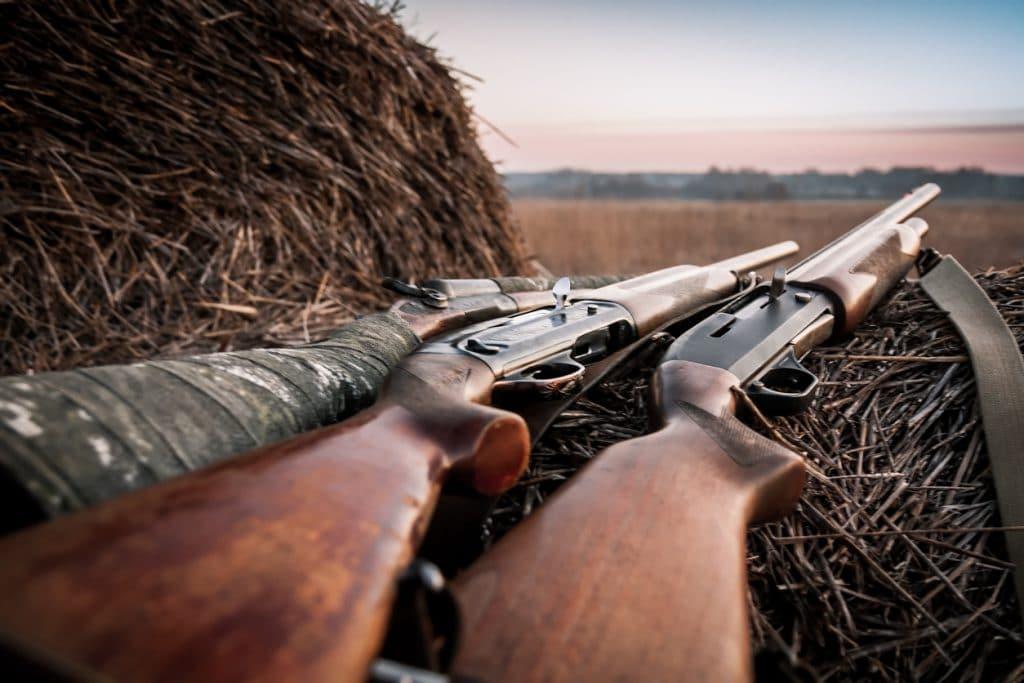
The Market Today
The semi-auto shotgun game has never been hotter. Italian powerhouses Beretta and Benelli continue setting the bar with their A400 and Super Black Eagle series, packing advanced gas systems and space-age recoil tech. Browning brought back the legendary A5 with modern engineering, while Mossberg crashed the premium party with their 940 Pro line offering high-end features without the Italian price tag.
Turkish manufacturers have turned the value game upside down. Companies like Weatherby (importing Italian and Turkish guns), Tristar, and CZ are cranking out surprisingly capable shotguns that don’t break the bank. Meanwhile, the tactical crowd is going crazy for AR-style magazine-fed shotguns from Rock Island Armory, Typhoon Defense, and others bringing modern sporting rifle ergonomics to the 12-gauge world.
Semi-Auto Shotgun Fundamentals
Before diving into specific models, let’s break down the tech that makes these guns tick. Understanding the basics will help you make smarter buying decisions and know what to expect from different action types.
Gas vs. Inertia: The Great Divide
Every semi-auto shotgun uses one of two systems to cycle the action. Each has its own personality, and knowing the difference is crucial.
Gas-Operated: The Workhorses
How it works: Gas-operated shotguns tap some of the expanding gases from a fired shell through a port in the barrel. These gases drive a piston that cycles the bolt, extracts the spent shell, and chambers a fresh round. Think of it like the gas system in an AR-15, but beefed up for shotgun shells.
The good: Gas guns are soft shooters. Since some of the energy gets redirected to work the action, you feel less recoil. They also tend to cycle lighter loads more reliably than inertia guns, making them great for target shooting with reduced-power shells.
The trade-off: More moving parts mean more maintenance. Gas systems can get gunked up faster, especially with dirty powder or in harsh conditions. They’re also typically a bit heavier than inertia guns.
Best for: Hunters who shoot a variety of loads, competitive shooters using light target ammunition, and anyone who wants the softest recoil possible.
Inertia-Driven: The Speed Demons
How it works: Inertia systems use the gun’s own recoil energy to cycle the action. When fired, the barrel and bolt recoil together, then a spring system separates them to extract the spent shell and chamber a new one. Benelli pioneered this design and still owns most of the patents.
The good: Fewer moving parts mean less maintenance and greater reliability in nasty conditions. Inertia guns also tend to be lighter and cycle incredibly fast – we’re talking blink-and-you-miss-it speed.
The trade-off: They need more recoil energy to function properly, so light target loads can cause cycling issues. They also kick a bit harder since all the recoil energy hits your shoulder.
Best for: Waterfowl hunters using full-power loads, anyone who prioritizes reliability over comfort, and shooters who want the fastest cycling action available.
Key Features That Matter
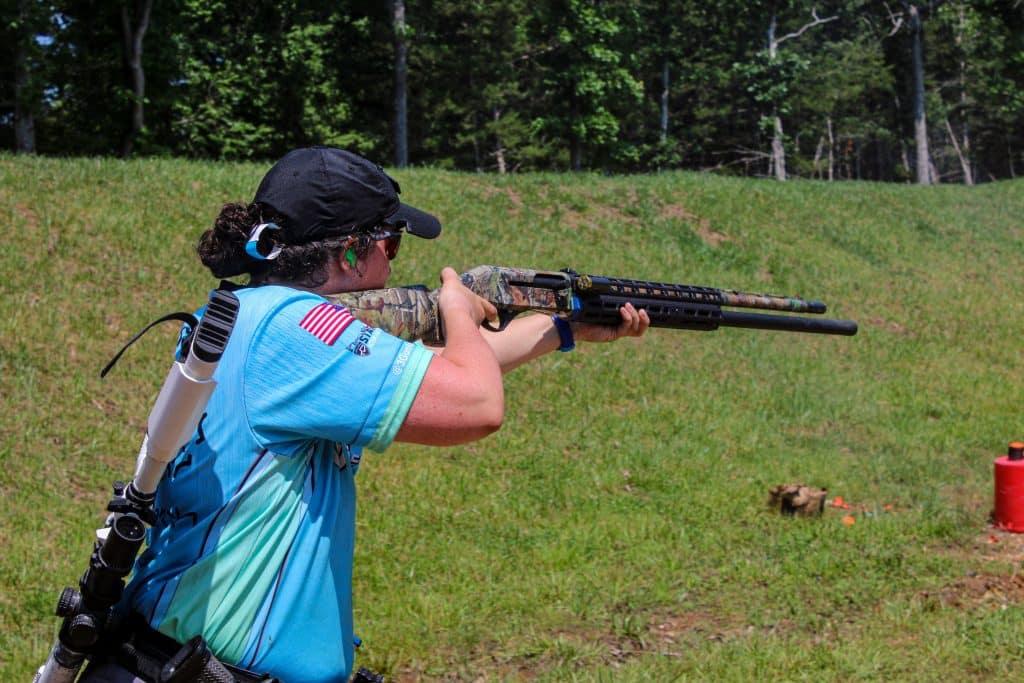
Barrel Length: Size Does Matter
18.5-20 inches: Tactical and home defense setups. More maneuverable in tight spaces but louder and with more muzzle blast.
24-26 inches: The sweet spot for most hunting. Good balance of swing characteristics and ballistic performance.
28-30 inches: Competition and waterfowl hunting. Longer sight radius, better swing dynamics, and maximum velocity.
Choke Systems: Pattern Control
Modern semi-autos use interchangeable choke tubes to control shot patterns. Most come with Improved Cylinder, Modified, and Full chokes to get you started. Pro tip: Aftermarket chokes from companies like Briley and Trulock can significantly improve pattern performance.
Chamber Length: Know Your Limits
2¾-inch: Standard target and light hunting loads. All semi-autos handle these.
3-inch: Most hunting applications. The majority of modern semi-autos are chambered for 3-inch shells.
3½-inch: Heavy waterfowl and turkey hunting. Only certain models handle these magnums, and they’re harder on the gun.
Magazine Capacity: How Many Rounds?
Standard tube magazines: 4+1 to 5+1 capacity depending on shell length and barrel length.
Extended magazines: 7+1 to 8+1 for tactical and competition use.
Detachable box magazines: AR-style shotguns offer 5, 10, or even 20+ round capacity but are less reliable with hunting loads.
How We Picked
Pattern & Accuracy
We fire multiple 5-shot patterns at 25 and 40 yards using various choke tubes and ammunition types to evaluate pattern consistency and density.
Reliability & Cycling
We rapidly fire 100+ rounds of varying loads including light target shells (1 oz), standard hunting loads (1 1/8 oz), and heavy waterfowl loads (1 1/4 oz) to test the action’s ability to cycle consistently.
Ergonomics & Handling
We assess the shotgun’s balance, swing characteristics, and mounting consistency through dynamic shooting drills including crossing targets and quick target acquisition.
Build Quality & Durability
We examine fit and finish, including wood-to-metal contact, barrel-to-receiver alignment, and action smoothness.
More on our testing process
Side-By-Side Comparison
Our Top Picks
Displaying 1 - 1 of 7
Awards
Price
Overall Rating
Description
Rating Categories
Accuracy
Ergonomics
Features
Fit & Finish
Reliability
Value

$589.99 at Palmetto State
Jump to Details52
A hard-to-beat bargain from Tristar, the Viper G2 is surprisingly well-built and greqat for new shotgun owners
9/10
8/10
8/10
9/10
10/10
8/10

$1095.99 at Palmetto State
Jump to Details31
A feature-packed but affordable signature semi-auto shotgun by Jerry Miculek, available in 4+1 or 9+1 configuration with 3-inch chambers.
6/10
5/10
5/10
6/10
5/10
4/10

$1949.99 at Palmetto State
Jump to Details34
A 12- or 20-gauge shotgun with an inertia system that's high-quality, reliable and great for cold-weather waterfowl hunting.
8/10
5/10
5/10
6/10
6/10
4/10
$1608.99 at Palmetto State
Jump to Details28
A fantastic home defense shotty that's an upgrade to the 1301 combat shotgun, adding critical improvements and Magpul shotgun stock.
5/10
4/10
5/10
5/10
5/10
4/10
$1927.99 at Guns.com
Jump to Details33
A reliable and soft-shooting dual-piston gas-operated modern combat shotgun preferred by the USMC and John Wick.
6/10
5/10
6/10
6/10
6/10
4/10
$1326.99 at Taran Tactical
Jump to Details38
A competition-grade shotgun that can withstand any condition. Comes with a Match Saver and 12-round tube capacity.
9/10
6/10
6/10
7/10
6/10
4/10
$1600.99 at Palmetto State
Jump to Details30
A reliable and modern version of the classic Auto 5 shotgun, with improved internals and multiple customization options.
7/10
4/10
5/10
5/10
5/10
4/10
Semi-Automatic Shotgun Picks
1. New Shotgun Owner Pick: Tristar Viper G2 Pro

$589.99

52
EXCEPTIONAL
2025 Awards & Rankings
Performance Scores
Lots of brands promise “value without sacrificing quality” and when I got my hands on the Tristar Viper G2 PRO, I was intrigued by its potential for fulfilling that promise.
As someone who looks for quality over price alone (especially when it comes to firearms), I was a little skeptical — but admittedly curious — to see where this shotgun would stand.

One thing I noted was Tristar’s commitment to quality — they have a five-year warranty, which instilled confidence and tempered all the bad juju associated with overly attractive price tags. Warranty aside, the Viper G2 PRO has a handsome walnut stock reminiscent of high-end shotguns, and there’s a lot of versatility in the Viper series, which is impressive. Tristar offers a Viper for practically every shooting activity.
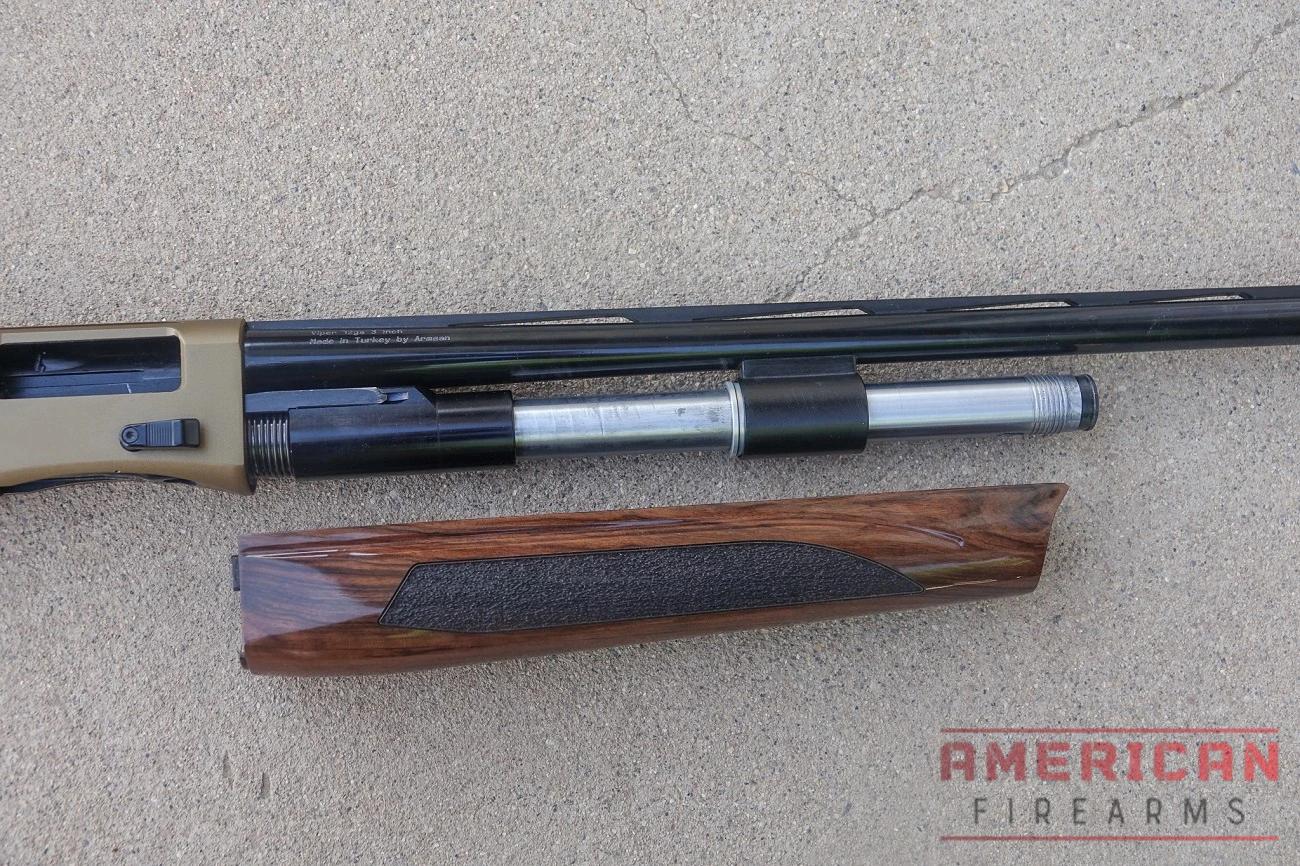
The simple and effective design gas-operated semi-auto system of the Viper feels well-designed and gave me no headaches when testing hand-thrown clays over a few days.
I also tested the interchangeable chokes, which just tightened up the pattern and had me hitting more and more as I got familiar with how to lead with the Viper. A small orange fiber optic front bead helped me extend the clay session into dusk (or as long as my eyes were willing).
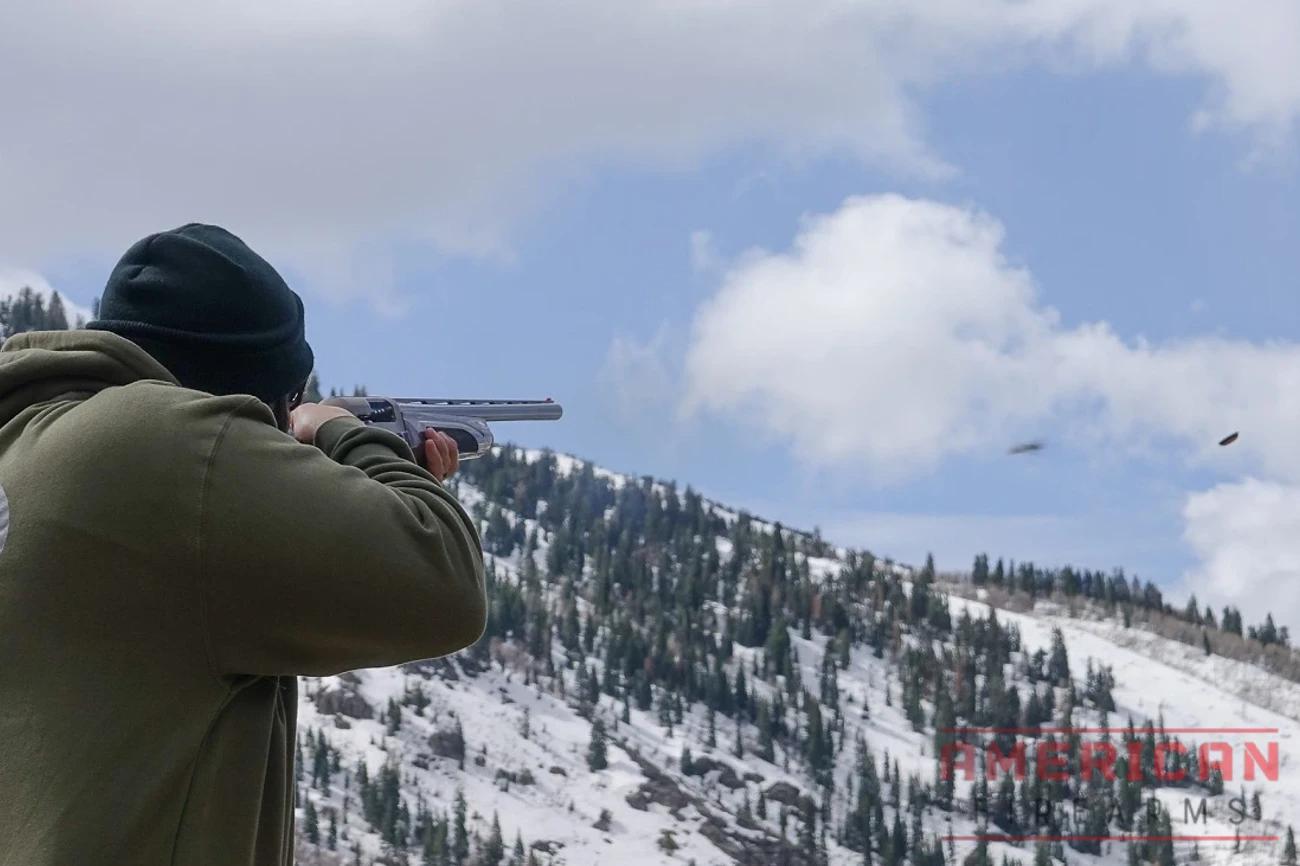
Taking the Viper out for a spin, it was more accurate and consistent than I expected to be exceptional. Patterns consistently hit where I aimed, and swapping chokes only improved its performance. The Viper turned a lot of clay targets into dust.
Ergonomics-wise, the Viper G2 PRO feel comfortable and familiar. Its controls were easy to use, and the textured grip provided a secure hold on what is an admittedly slick stock. I appreciated the adjustable buttstock angle, although an adjustable comb would have been a welcome addition for more personalization.
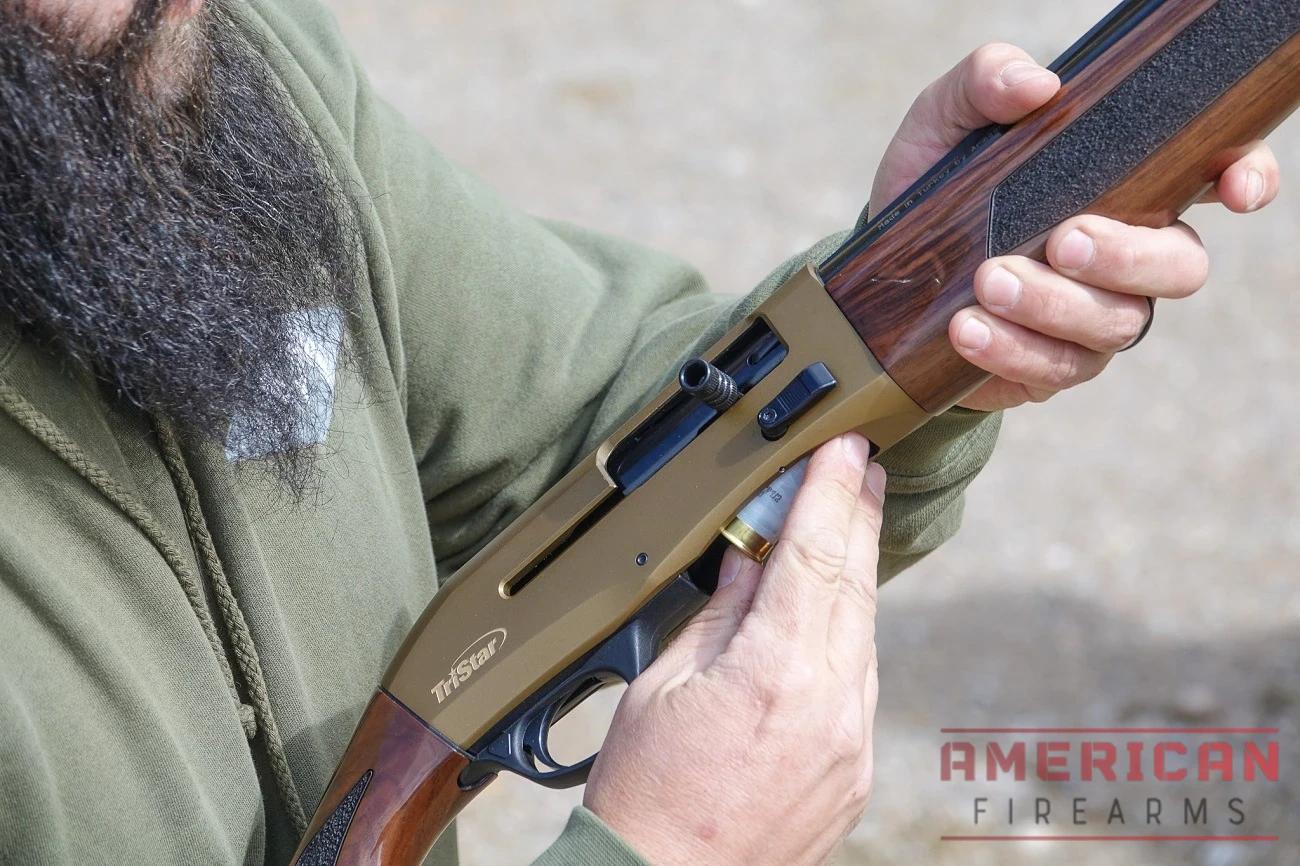
Despite not following the recommended break-in procedure, the Viper performed flawlessly throughout my testing. It reliably cycled standard loads and maintained cleanliness even after extended shooting sessions.
Want more on the Tristar Viper G2 Pro? Check out our in-depth review.
2. Budget-conscious Tactical Pick: Mossberg 940 JM Pro

$1095.99

31
AVERAGE
Performance Scores
If there’s a better “gamer” shotgun out there…tell us. This is Jerry Miculek’s signature semi-auto shotgun from Mossberg, and it is feature-packed.
The 940 JM Pro is available in 4+1 or 9+1 configuration, with 3-inch chambers. It’s only offered in 12-gauge, but frankly, it’s so soft-shooting that you’ll barely notice with target loads. It comes with a synthetic stock and a fiber optic front bead sight, in either matte blue or black multicam.
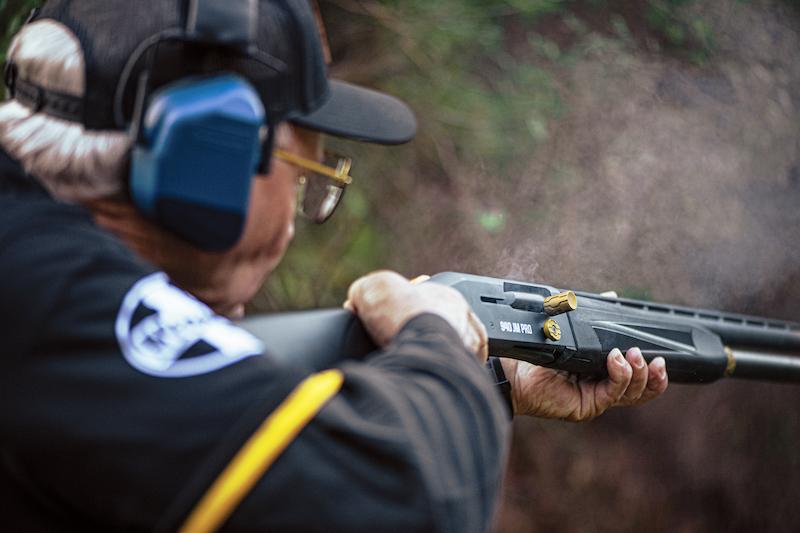
Other features include an oversized charging handle and shell ejector, flared ejection port, an adjustable length-of-pull kit (with spacers and buttpad), and a Briley set of interchangeable chokes.
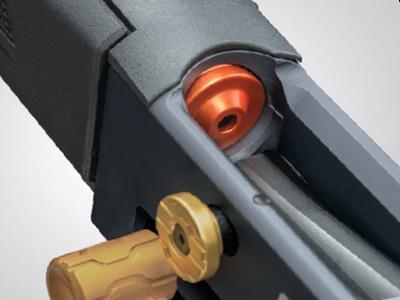
Owning one won’t make you shoot like Jerry, but you aren’t going to find an out-of-the-box semi-automatic shotgun that makes it anywhere as easy to shoot as fast as the 940 JM Pro.
3. Best for Cold-weather Waterfowl: Benelli Super Black Eagle II

$1949.99

34
AVERAGE
2025 Awards & Rankings
Performance Scores
The Benelli Super Black Eagle — or SBE — brought inertia systems from obscurity into the mainstream. In 1980, nobody used inertia action systems. Today, the SBE is one of the standards by which semi-autos are judged.
The third iteration – the Benelli Super Black Eagle III – has all the refinements that make a Benelli a Benelli.
A smooth, reliable inertia system inside a trim, lightweight receiver; a near-perfect field shotgun for any purpose are available in multiple finishes and configurations, 12- or 20-gauge, and in both 3- and 3-½ chambers.
Benelli cryogenically treats the barrels, making them exceptionally long-lasting. SBEs are known for long life cycles and excellent ergonomics, and a crisp trigger second to none. A fiber optic front sight is included, along with three flush-fit and two extended chokes.
The privilege comes a bit dear, to be sure, but chances are you’ll only ever have to buy one.
4. Home Defense Pick: Beretta 1301

$1608.99

28
AVERAGE
2025 Awards & Rankings
Performance Scores
Beretta has a long-standing relationship with Ernest Langdon, a national champion USPSA and IDPA shooter and gunsmith.
While known for his utter wizardry with the 92 and PX4 series of pistols, he’s now offering an upgrade package for the Beretta 1301, Beretta’s combat shotgun.
The 1301 is a gas-operated semi-auto 12-gauge with a 3-inch chamber. It’s rugged & reliable, but Langdon adds some critical improvements over the base model.
A Magpul shotgun stock replaces the standard synthetic stock. Magpul’s Zhukov forend (typically for Yugo-pattern AKs) is added and incorporates M-Lok slots for attaching a light, sling or other accessories, Nordic Components magazine extension.
An enlarged safety button, shell release, and charging handle are also added for more straightforward operation. You can also add an Aridus mount for a red dot and an Aridus side saddle shell holder.
The Langdon Elite 92 series of pistols is thought of as the perfection of the 92 series of guns. The LTT 1301 is arguably the same in the world of tactical shotguns. A better home defense shotgun may not be available at any price.
5. Military/LE Grade Pick: Benelli M4

$1927.99

33
AVERAGE
2025 Awards & Rankings
Performance Scores
The Benelli M4 is the modern combat shotgun. If you want a gun for home defense or 3 Gun (or both) and demand no less than the best, here it is.
The M4 is the scattergun of choice for John Wick, the United States Marine Corps, and many other noteworthy combat operators.
The M4 uses a dual-piston gas-operated system rather than the SBE’s inertia system, which makes it a little softer shooting when you up the load to buckshot or slug. Available in 12-gauge, with a 3-inch chamber, the standard barrel length is 18 inches, with a 5+1 capacity.
Like the Benelli M2 and M3 before it, the receiver’s top offers up a Picatinny rail if you want to attach an optic or red dot. Irons are ghost ring sights at the rear and a black front blade. Sling mounting rings are located on the stock and attached to the magazine tube.
The M4 is a pistol grip shotgun that has proven its capabilities in combat time and time again, and while they come dearly, “better” doesn’t exist off the shelf when it comes to the semi-auto tactical shotguns segment.
6. Competition Pick: TTI Ultimate 3 Gun Benelli M2
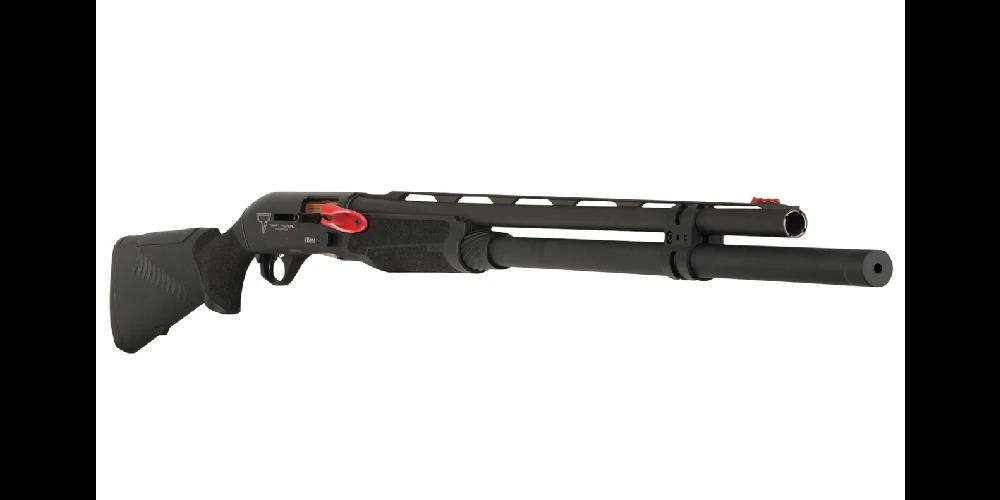
$1326.99

38
AVERAGE
2025 Awards & Rankings
Performance Scores
I’ve been through my fair share of Benelli M2 shotguns. In fact, it wasn’t until I got a Taran Tactical Benelli that I found one that worked. Most people trying to find a new shotgun are looking for one to shoot maybe two or three times a year.
I am always looking for a gun that won’t break, no matter the conditions I shoot it in, how little I clean it, or what ammo I feed it.
Enter the TTI Ultimate 3 Gun Benelli M2.
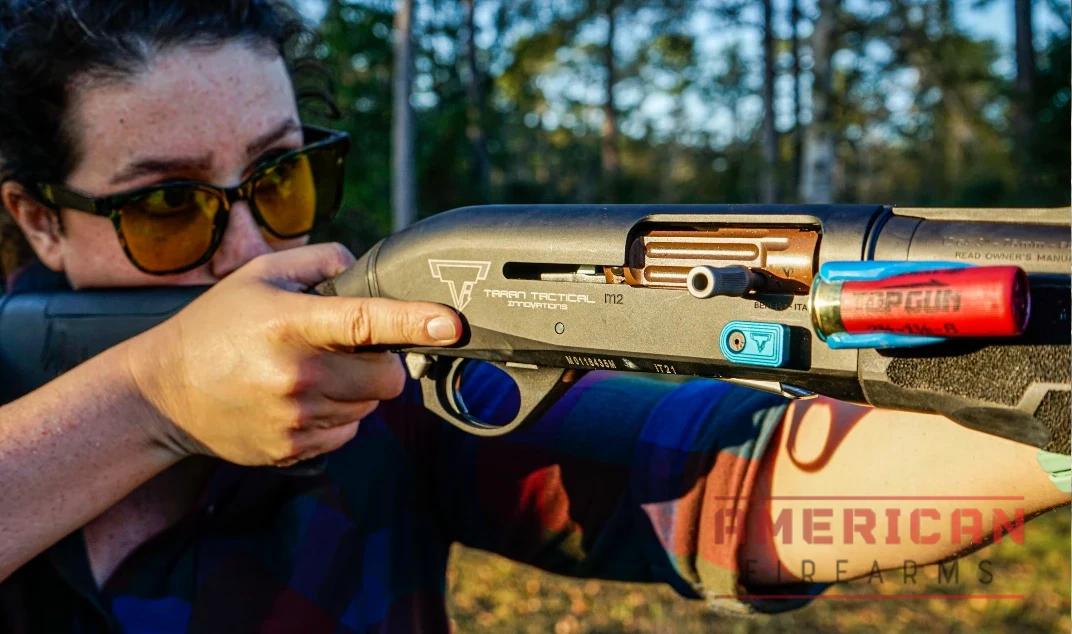
This gorgeous shotgun comes in your choice of 21-inch, 24-inch, or 26-inch barrel and can be designed in a left-handed or right-handed configuration.
While I prefer a traditional stock, it’s also available in a pistol grip stock. Because this shotgun is built for 3 Gun competitions, you can extend the tube to increase ammunition capacity.

I outfitted mine with a 12-round tube capacity, a Match Saver to hold one spare round, and went with a green front fiber optic. The gun’s action is as smooth as butter with a polished shell catch and carrier latch, and the famous TTI custom lifter with a machined and polished loading port to make reloading easier.

Keanu Reeves putting a Taran Tactical shotgun to good use.
The shotgun has oversized controls, including a large safety and bolt release and custom stippling for better grip. This is the best 3 Gun, race-ready, Benelli M2 that performs when needed.
7. Traditional Styling With Modern Reliability: Browning A5
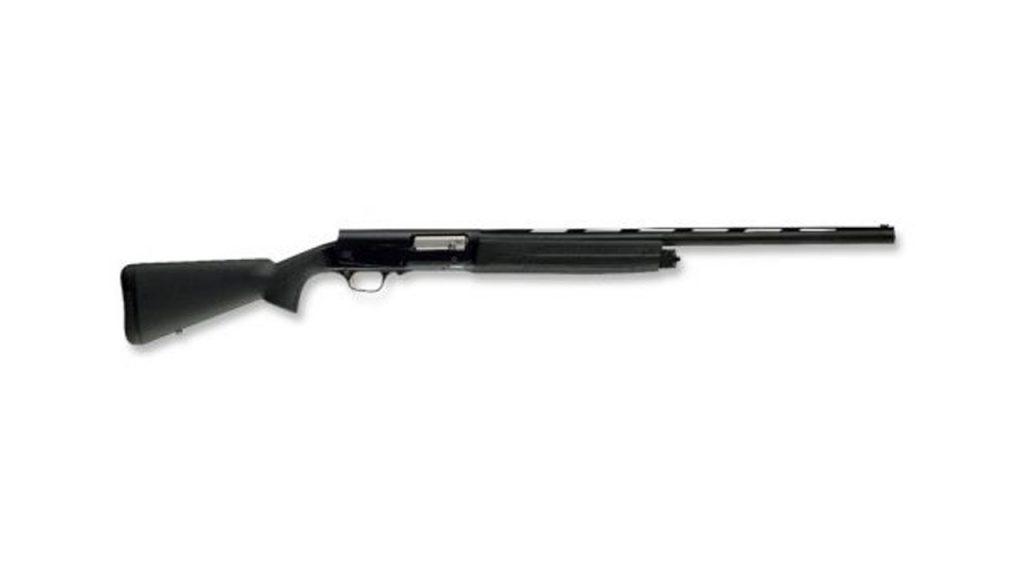
$1600.99

30
AVERAGE
2025 Awards & Rankings
Performance Scores
What’s old is new again, and John Browning’s resurrected Auto 5 — now dubbed the Browning A5 — improves the breed by adding their Kinematic Drive (they call it “short recoil”, but it’s an inertia system) to make it a bit less load-sensitive.
The A5 has the Auto 5’s trademark humpback receiver, which gives it a classic shape and gorgeous lines. The revised internals make the gun simpler, smoother and more reliable than the original ever was. It also comes with a 100,000-round, 5-year warranty; that’s how confident Browning is in these guns.
Multiple finishes and furniture choices are available, including blued steel and walnut or camo and synthetic—all models ship with three Invector interchangeable choke tubes and a fiber optic front sight.
You have your choice across most models of 26-, 28-, and 30-inch barrels and 3- or 3-½” chambers. However, 12-gauge is the only choice outside of a single model. Part of the model lineup is a return of the Sweet 16, a 16-gauge echoing the Auto 5 Sweet Sixteen of so many years ago.
When he developed the original Auto 5, John Moses Browning made semi-automatic shotguns reliable, popular, and attainable. The A5 is, by all accounts, a very worthy successor.
Benefits of Using a Semi-Auto Shotgun
Semi-auto shotguns are one of the most versatile firearms available anywhere. A classic side-by-side is great, but a semi-auto shotgun gives you more speed, more capacity, and is often easier to control. However, a semi-auto is used for much more than smashing clays — let’s look at a number of reasons to consider buying a semi-auto:
More Capacity
If you want more than two rounds on board (unlike doubles) and don’t want to worry about cycling the action between shots (like one does with a pump action shotgun), you want a semi-auto shotgun.
Faster Reloads & Follow-Up Shots
They’re better in a defensive scenario because less reloading and faster follow-up shots make the user more combat-effective, just like how an M1 Garand in the hands of a fresh American recruit was more effective than a K98 wielded by any German soldier — the semi-auto action of the Garand proved to be a decisive factor in any and every engagement.
In a hunting context, almost all state regulations limit you to three rounds in the tube, but the faster follow-up shots of a semi-auto can make the difference between filling a tag and being left with little more than a campfire story.
Anyone who’s hunted with any firearm, let alone shotguns, knows that sometimes a second shot is required. Few hunting experiences are as aggravating as watching a trophy tom get up after being knocked down only to scamper away when you realize you forgot to rack the pump.
Do we all want the first shot to be perfectly placed? Of course — but follow-ups happen. Semi-autos eliminate any delay in the follow-up shot and don’t require you to compensate the way an offset SxS does.
In shooting sports such as 3 Gun or clays, the same holds – faster follow-up, more shells in the gun.
Softer Shooting
Semi-auto actions use recoil or the inertia of the fired shell to run the action, which means the gun itself eats up some of the recoil forces during normal operation. This often softens the load on the shooter’s shoulder, making the guns run softer than shotguns that use traditional actions.
What You'll Pay For A Semi Auto
Budget Ballers ($500-$800): Turkish imports and value brands that deliver solid performance for recreational shooting. The Weatherby Element and CZ 712 G3 prove you don’t need to spend big for reliable semi-auto action.
Sweet Spot ($800-$1,500): The Goldilocks zone where you’ll find proven winners like the Beretta A300 Ultima, Mossberg 940 Pro, and Franchi Affinity 3. These guns offer the reliability and features serious hunters and sport shooters demand.
Top Shelf ($1,500+): Premium Italian engineering, advanced gas systems, and all the bells and whistles. The Beretta A400 Xtreme Plus, Benelli Super Black Eagle 3, and Browning A5 represent the pinnacle of semi-auto design.
Parting shots
The semi-auto shotguns listed here cover pretty much every base imaginable for a semi-auto shotgun and every purpose you might have for one, from hunting to sporting clays to defense and all points in between.
The semi-automatic shotgun is arguably the pinnacle of firearm design. It is more effective in the field. Modern semi-auto shotguns are faster and just as reliable as many pump-action shotguns.
True, the price tag can be daunting, but you don’t have to spend much more. And if you use it, you’ll get every penny out of your investment.
FAQs
How reliable are semi-auto shotguns?
Are semi-auto shotguns worth it?
Is it legal to own semi-automatic shotguns?
Additional Resources
- Wikipedia, Recoil operation
- Wikipedia, Gas-operated reloading
- Wikipedia, Semi-automatic firearm
- Field and Stream, Gas Vs. Inertia Shotguns—Which is Better?
Updated
June 15, 2025 — After extensive testing of 20+ semi-auto shotguns, we’ve reorganized our recommendations by specific use cases. The Beretta A400 Xtreme Plus remains our top overall pick, while the Mossberg 940 Pro series offers exceptional value across tactical and hunting applications.
Sign up for our newsletter
Get discounts from top brands and our latest reviews!

